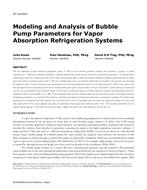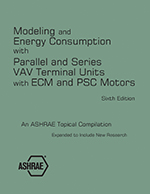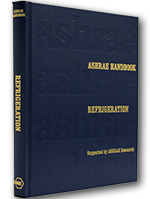Click here to purchase
Thermal comfort in automobile cabin can affect drivers and passenger’s health, performance and comfort. Due to spatial and temporalvariation of state variables and boundary conditions in the automobile cabin , the heating, ventilating and air-conditioning (HVAC) does nothave to be designed to provide a uniform environment, especially because of individual differences regarding to physiological and psychologicalresponse, clothing insulation, activity, air temperature and air movement preference, etc. The main objective of this research is to study the airflow regimes and thermal comfort in automobile cabin using computational fluid dynamics (CFD) software. For this purpose, the CFDsoftware from ANSYS Inc., called FLUENT 17.2, is employed. In which the solar load model is embedded s2s (surface to surface) as asolar radiation model. The CFD modeling techniques solved the continuity, momentum and energy conservation equations in addition tostandard k – ε model equations for turbulence closure. Meshing is processed around 4.0 million unstructured tetra-elements approximately.The performance of the air conditioning system is characterized by airflow regimes (air temperature, air velocity, relative humidity, PMV andPPD contours), the present work is focus on the effect of air terminal shape of Hvac system, two configurations are used case (1) and case (2).Case (1) is the existing design of air terminals of the HVAC system of the selected car (Skoda Superb), the air terminals are in rectangularshape. While case (2) are in circle shape.
Citation: 2019 Winter Conference, Atlanta, GA, Conference Papers
Product Details
- Published:
- 2019
- Number of Pages:
- 8
- Units of Measure:
- Dual
- File Size:
- 1 file , 2.1 MB
- Product Code(s):
- D-AT-19-C062


